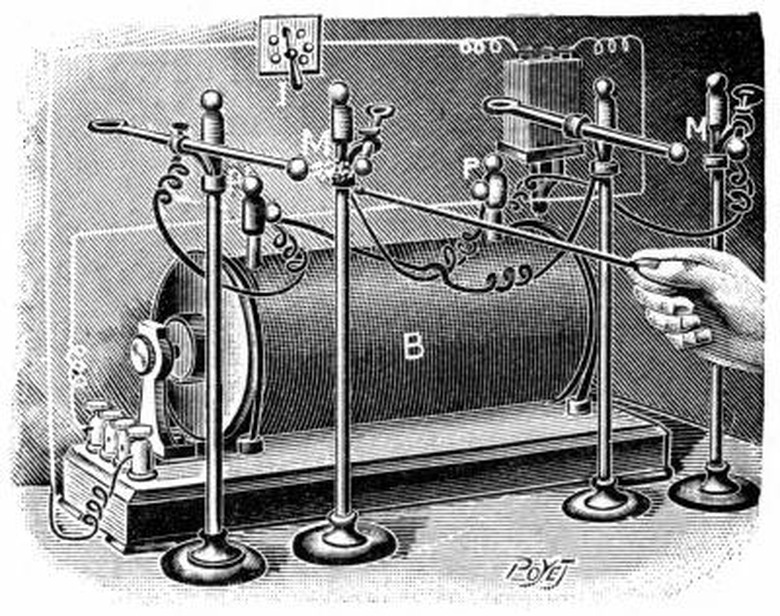How Does A Pneumatic Solenoid Valve Work?
Defining a Solenoid Valve
The term solenoid usually refers to a coil used to create magnetic fields when wrapped around a magnetic object or core. In engineering terms, the solenoid describes transducer mechanisms used to convert energy into motion. Solenoid valves are controlled by the action of the solenoid and typically control the flow of water or air as a switch. If the solenoid is active (current is applied), it opens the valve. If the solenoid is inactive (current does not exist), the valve stays closed. The action of the pneumatic solenoid is controlled by the use of pneumatics. The opening or closing of a valve is referred to as "changing state."
Pneumatic Actuated
Pneumatic Actuated
Pneumatic actuation refers to a valve being tripped through the use of compressed air (gas). At a particular point in an industrial or manufacturing process, compressed air is released, causing a valve to open or close. The combination of solenoids and pneumatics is twofold. Solenoid valves are used in pneumatic processes and solenoid valves and pneumatic valves are used in combination. The combined valve is called a piloted valve. The larger solenoid valve is triggered by the smaller pneumatic valve. The pneumatic valve can act as an air cylinder contained in a main valve. A pneumatic solenoid valve is also referred to as a compressed air pilot valve.
Benefits of Piloted Valves
Benefits of Piloted Valves
Pneumatic valves are usually run by air captured during a previous or ongoing process. Since they are being used to trigger larger valves and aren't requiring more cost, they are a cheaper economical way to power a solenoid valve. Compressed air can result in huge forces available to act on another valve and be recycled after its done its job. Its actual design or footprint is very small, so it doesn't add very much weight to the mechanism.
Types of Pneumatic Solenoid Valves
Types of Pneumatic Solenoid Valves
Valves can be designated as internally piloted or externally piloted. The valves can further be categorized by the number of connections or paths for flow they contain. Externally piloted valves use an external source of air pressure. Internally piloted use an internal source of air pressure. Two-way piloted valves can be used in dust collector systems. An internally driven pilot valve with four-way connections are generally found in pneumatic operations and are used to move double action cylinders. Pneumatic solenoid valves can be designed as stackable.
Cite This Article
MLA
Burke, Alex. "How Does A Pneumatic Solenoid Valve Work?" sciencing.com, https://www.sciencing.com/pneumatic-solenoid-valve-work-5030129/. 24 April 2017.
APA
Burke, Alex. (2017, April 24). How Does A Pneumatic Solenoid Valve Work?. sciencing.com. Retrieved from https://www.sciencing.com/pneumatic-solenoid-valve-work-5030129/
Chicago
Burke, Alex. How Does A Pneumatic Solenoid Valve Work? last modified March 24, 2022. https://www.sciencing.com/pneumatic-solenoid-valve-work-5030129/
